Siege City
Malta lies in an historically significant strategic position in the Mediterranean. Squeezed between Sicily and Africa, control of Malta was critical for trouble-free trading, plundering, and warring. Consequently, Malta could probably lay claim to be the most besieged, invaded, bombed and occupied island on earth.
Throughout history many peoples and nations have attacked and/or controlled the island, including the Arabs, Normans, Romans, Ottomans, French, British, Italians and Germans. To address the inconvenience of being set upon incessantly, Malta, and in particular its largest city Valletta, went about building some impressive fortifications.
The northern side of Valletta’s Grand Harbour is heavily walled, and features the impressive Fort St Elmo standing guard at the entrance.
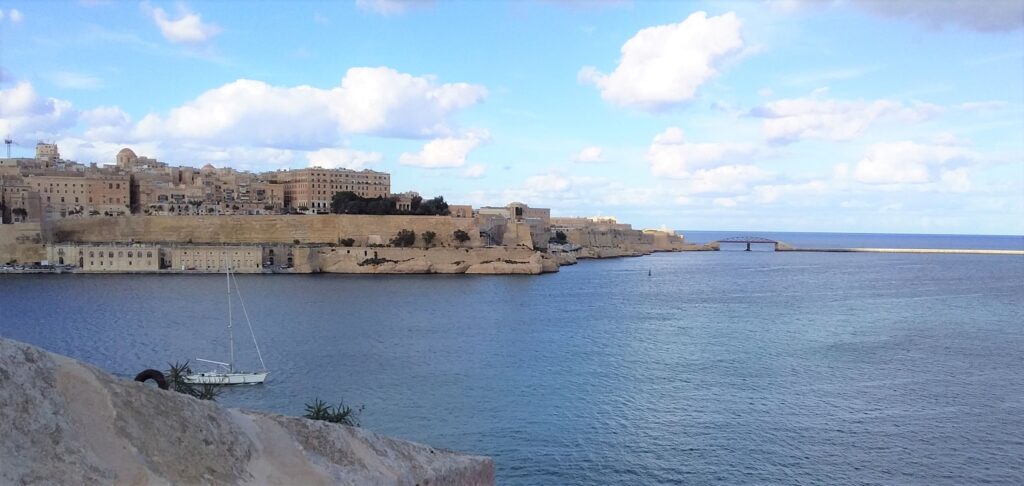
Fort St Elmo was pivotal in the Great Siege of 1565, when the Ottomans spent a month bombarding and attacking the Knights of the Order of St John and Maltese housed within. The siege was literally a last man standing affair, with all but a handful of the defenders slaughtered and 8000 Turks dead.
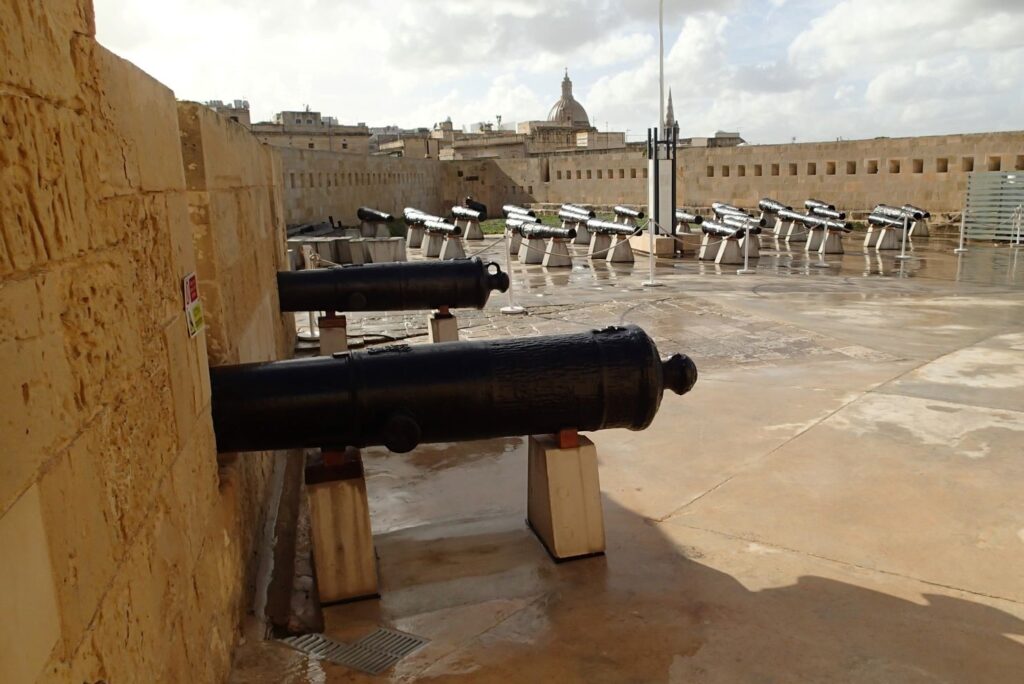
After claiming St Elmo, the Ottomans floated the decapitated corpses of the defenders across the harbour on mock crucifixes, as a warning to the remainder of the Knights holding defensive positions on the other side.
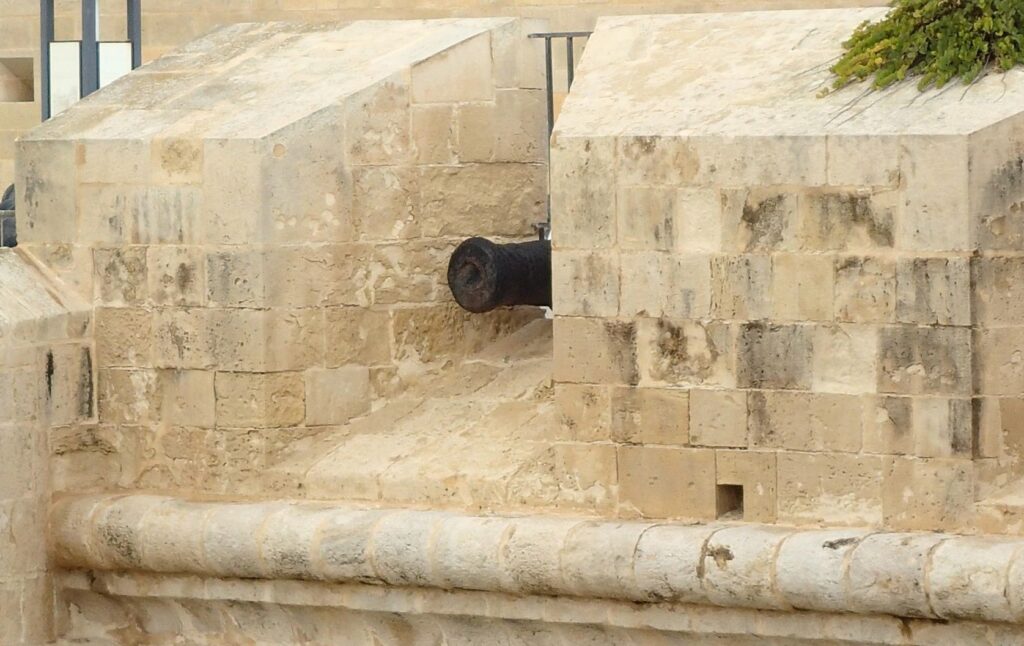
Unimpressed, the commander of the Knights killed all the the Turkish prisoners and fired their heads back at St Elmo as ‘cannonballs’. Ah, those were the days. Today Fort St Elmo houses the National War Museum, which seems fitting.
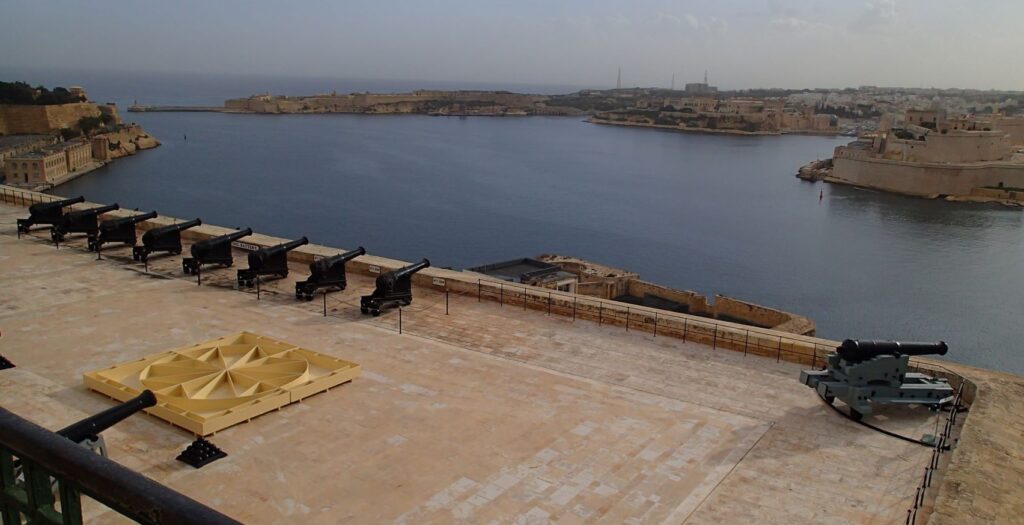
The south side of the Grand Harbour is similarly well defended, with Fort St Angelo the principle protective structure. This impressive fortress ensured that anyone caught sneaking into the Harbour for a bit of sieging would be given plenty of Larry Dooley.
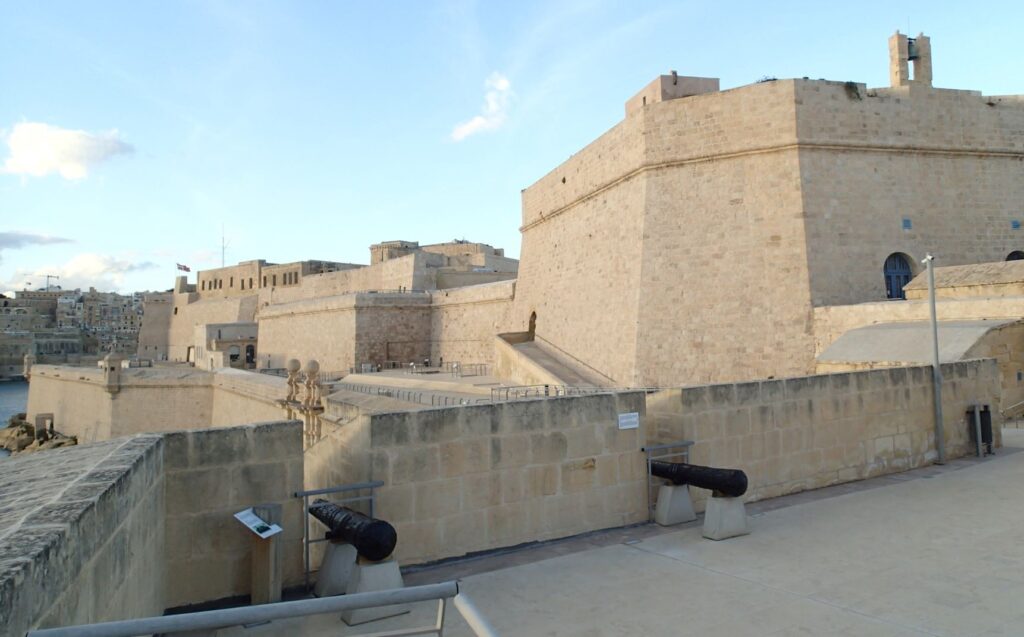
During World War II, the German and Italian air forces gave Malta the unenviable title as the most bombed country on earth (this title is now held by Laos, and remains unenviable to this day). Both Fort St Elmo and Fort St Angelo, having upgraded from the old muzzle-loading cannons, housed anti-aircraft batteries during this period.
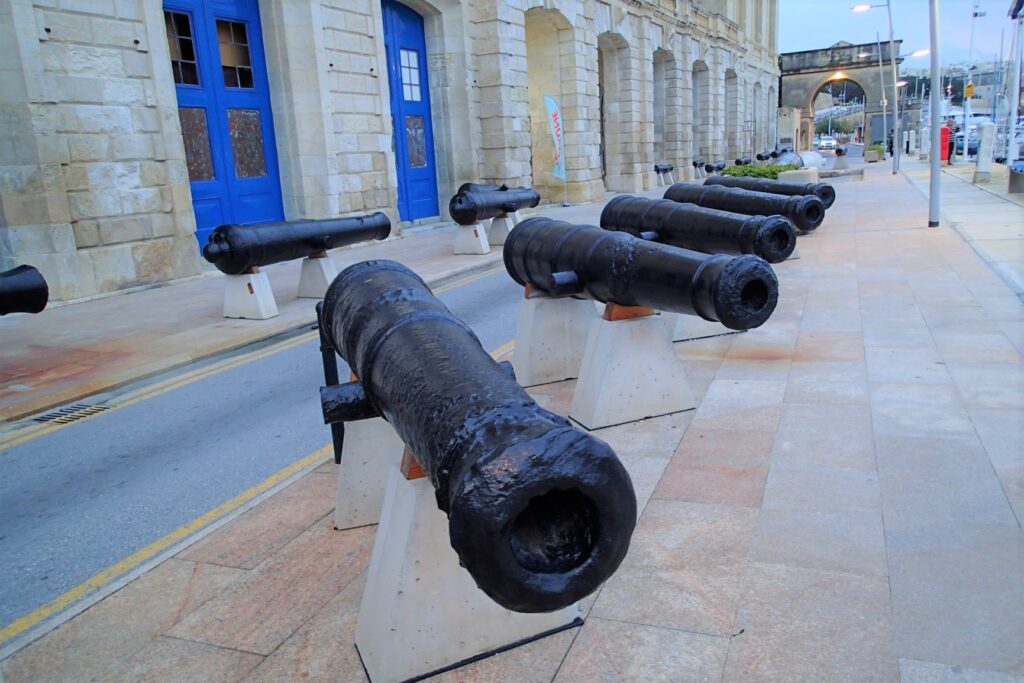
Not far from Fort St Angelo is the ‘Malta at War’ museum. This facility, which focuses on Malta’s World War II history, gives visitors the chance to see air raid shelters built beneath what is now the museum building.
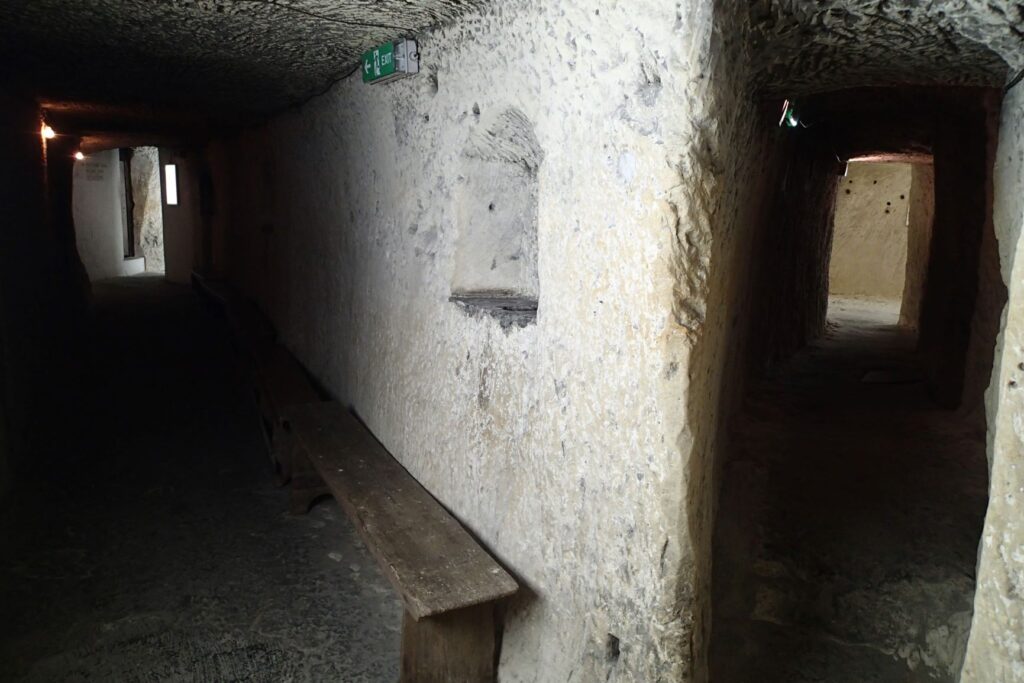
In addition to the fortification of Valetta, defensive positions were also constructed outside the capital. Sea-borne invasion was the only choice for much of Malta’s history, so watch towers were placed strategically around the island’s coastline to look out for the latest batch of marauders.
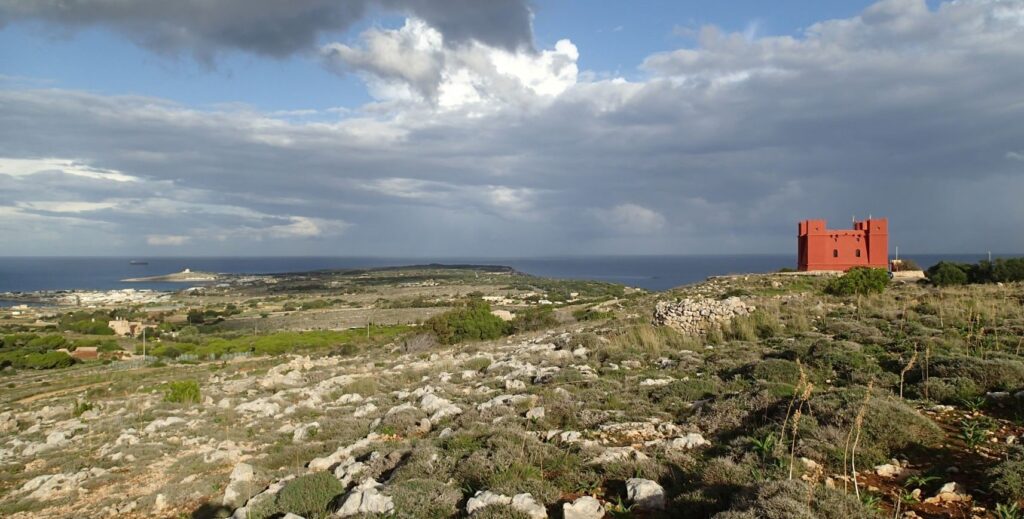

The built defenses of Valletta dominate the city, and together with the coastal watchtowers are a constant reminder that Malta’s strategic location cursed it with a very bloody history.
For more on Valetta click here
If you liked this post, you may also like Hal Saflieni Hypogeum, Hagar Qim Archaeological Park
Do you have a particular interest in World War I, II and the Cold War? Check out my other blog Ghosts of War. If you enjoy military history, and want to know what it’s like to visit both significant and lesser-known wartime locations today, there’s something there for you.
Leave a Reply